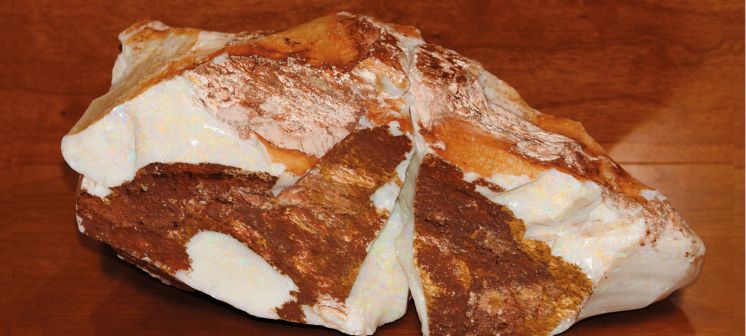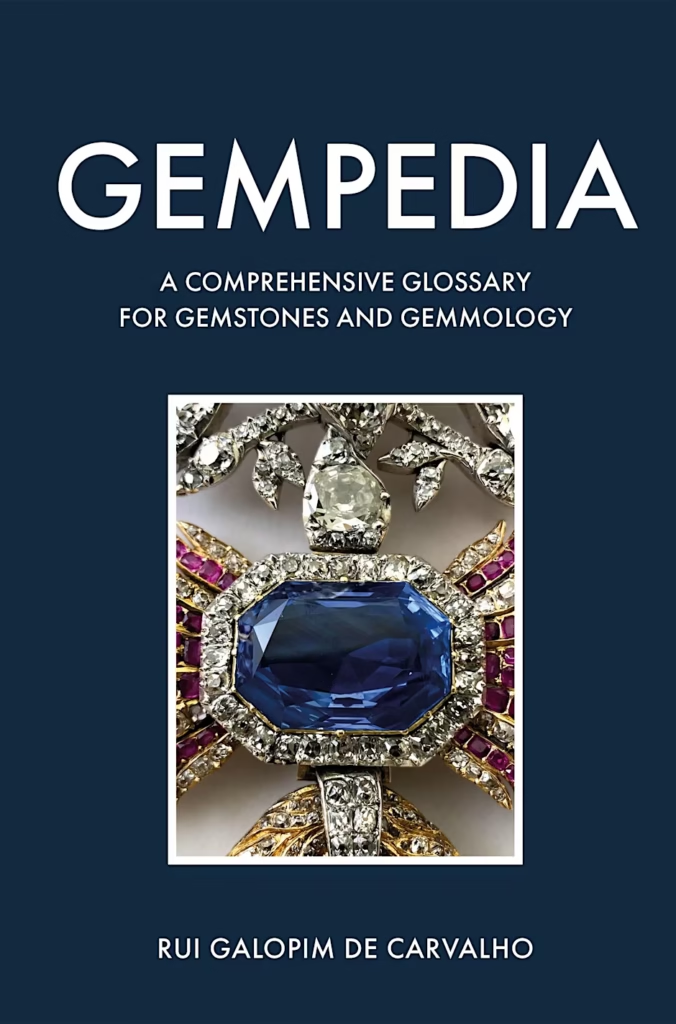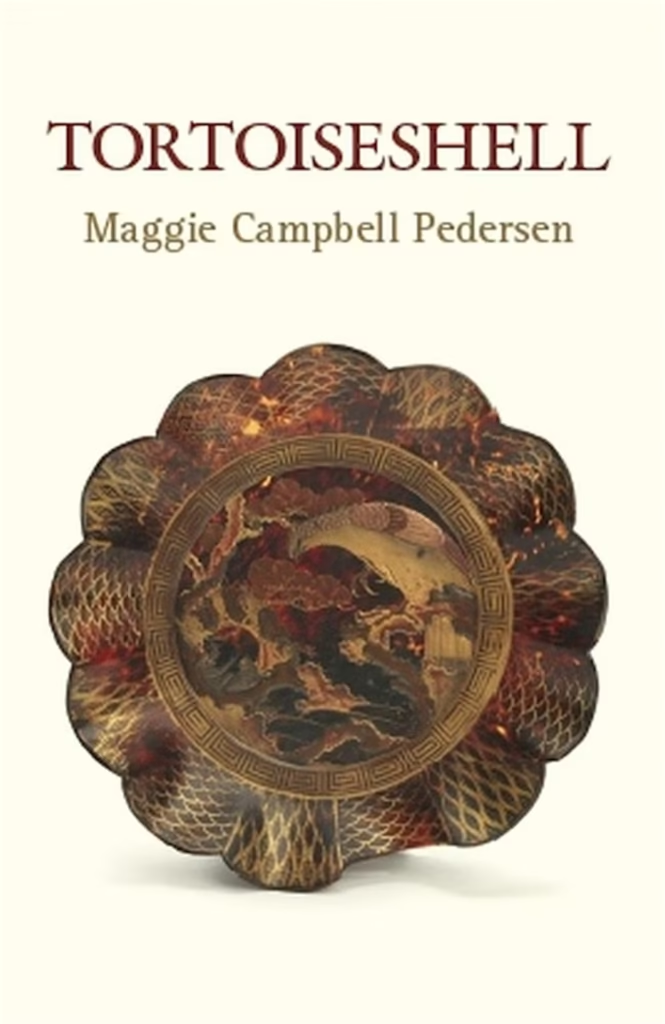
Dive into the remarkable world of famous opals
Explore nine of the most famous opal gemstones with Gem-A gemmology tutor Lily Faber FGA DGA EG. Here, we guide you through some of the most fantastical opals to be uncovered in recent centuries, including extraordinarily large gems and examples with vibrant play of colour.
Opals are, by default, magical gems. While other gemstones like diamonds, rubies and sapphires may get all the limelight, the unique and mesmerizing opal is definitely one of our favorites. An opal refracts natural light to reveal thousands of different hues and colours. This rare gem is well-known to hypnotize with its beauty. Their flashes of colour that rival that of the rainbow are truly captivating and seem to dance across the gemstone when light moves across their surfaces. While most are beautiful and praise-worthy, there are some famous opals that are magnificent in size, play-of-colour pattern, or a combination of both. Here are some opals of note.
Olympic Australis
Named for the Olympic Games held in Melbourne the year it was discovered (1956), the Guinness Book of World Records has deemed it the largest and most valuable precious opal that has been discovered to date. According to John Altmann and Rudi Cherny, who currently own and display the stone in their showroom in Sydney, Australia, the Olympic Australis is 99% gem opal.
As many opals form in small veins or pockets, this percentage of gem-quality opal in relation to the host rock or iron stone is extraordinary considering the stone’s size and weight. It measures 280 mm (11 inches) long, 115 mm (4.5 inches) high, 120 mm (4 ¾ inches) wide, and weighs an astounding 17,000 carats. The overall stone has a white background colour with ample play of colour. It has been left in its rough state with minimal host rock on its surface, but if it were to be cut, it could potentially create 10,000 one carat stones after taking into account the loss due to the cutting process.
It was discovered in Coober Pedy’s “Eight Mile” opal field at a depth of 30 feet.
The Flame Queen
This opal is one of the more unusual precious black opals in terms of its colour distribution. Some have likened it to a poached or fried egg with its raised, large, orangey-red central section surrounded by a blue/green border. The red centre changes to a more golden yellow when the stone is turned and was most likely formed when the opal filled a rounded cavity in the host rock—known as the “eye-of-opal” effect.
Additionally, the back of the stone bears an apparent impression of the leaf of the ginkgo tree, also known as the Chinese maidenhair tree. Discovered in 1915 in the “Bald Hill Workings”, Lightning Ridge, Australia, it weighs approximately 263 carats and measures roughly 72 by 57 by 11.5 mm. The area where it was found had been previously abandoned. Three miners, Jack Philips, Walter Bradley and “Irish” Joe Hegarty dug a shaft about 35 feet in depth and 2.5 feet in diameter to find this rare and beautiful stone.

The Flame Queen Opal, sold by Bonhams in 2008. Image courtesy of Bonhams.
It has been sold many times throughout the 20th/21st centuries, but the most recent and notable sale was at Bonhams auction house in Los Angeles, USA, for US$120,000 (approx. £93,680), including buyer’s premium. This price is staggering considering that when this opal was originally found, the three miners who discovered it hastily sold it for £93, as they were very short on cash and food supplies.
The Butterfly Stone / The Red Admiral
This famous black opal was found on the “Phone Line” opal field in Australia during World War I (exact date unknown). It is so named because the colourful pattern on the stone in part resembles a butterfly wing, particularly that of the British butterfly species, the Red Admiral. In some reports about the stone, it is said that when the stone is turned on its side, it resembles a Spanish dancer with her ruffled skirt in a full flurry of movement (originally observed by Len Cram). It weighs approximately 51 carats and currently is in the collection of Percy Marks & Co.
Halley’s Comet
As another rough, precious opal on the list, this opal is considered the largest precious, black opal ‘nobby’ (unfashioned opal) by The Guinness Book of World Records. This was discovered by a group of miners known as the “Lunatic Hill Syndicate” at the Leaning Tree claim in Lightning Ridge, Australia. There is a thick, central gem-quality band that consists of green and green/orange play of colour patches and weighs 1,982.5 carats. It measures 100 by 66 by 63 mm (4 by 2 5/8 by 2.5 inches). The sheer size of the gem, coupled with the sparkling band that runs through it, does make it look otherworldly.
Aurora Australis
This precious black opal has an impressive harlequin pattern that includes flashes of all of the spectral colours, the most dominant being red, green and blue. It was discovered in Lightning Ridge, Australia, in an old seabed in 1938 by Charlie Dunstan, and has an impression of a starfish on the reverse of the stone. It was named the “Aurora Australis” as its play of colour, which is very strong and lively, resembles the southern lights in the Australian sky.

The Aurora Australis opal. Image courtesy of Altmann + Cherny.
The impressive gemstone weighs 180 carats and was purchased by the company Altmann + Cherny when it was in a semi-rough state. They polished it into an oval shape measuring 3 x 1.8 inches, and it is estimated that this is one of the most valuable black opals in the world due to its rarity in both size and play-of-colour, with a value of $1,000,000. It is currently on display in the Altmann + Charny showroom.
The Pride of Australia (a.k.a. The Red Emperor)
This opal was found on the “Phone Line” field in 1915 (not far from the Red Admiral) and is shaped like the continent of Australia. The play of colour pattern includes red streaks that are interwoven with blue and green patches. In the first half of the 20th century, it toured the world and was exhibited in at least five World Fairs as it was not only considered the greatest opal in Australia but the greatest opal in the world at the time. After being fashioned, it weighed 225 carats and measured 2 by 3 inches. In 1954, Dr. Hubert Eaton purchased the Pride from one of the greatest opal collections in the world, owned by Percy Marks, Ltd. for anywhere between £50,000 and £150,000 (the true price is not known). Dr. Eaton was founder and President of the Forest Lawn Memorial Park in Glendale, CA, USA, which had one of the most important gem collections in the United States. Sometime later, the precious opal was stolen from the Forest Lawn Memorial Cemetary in Los Angeles, CA, USA.
The Virgin Rainbow
As one of the most recent discoveries of a famous opal, the Virgin Rainbow’ is a pipe-shaped precious opal that is 6.33 cm (2.5 in.) long and features a stunningly vibrant play-of-colour throughout the stone. It was discovered in the Three Mile Fields in Coober Pedy, Australia in 2003 by Johnny Dunstan, and weighs 72.65 carats. The precious opal formed inside the skeleton of a Belemnite fossil, which is the ancient ancestor of the current-day cuttlefish. The opal is in the South Australian Museum collection in Adelaide and is reportedly worth over $1,000,000.

The Virgin Rainbow Opal. Image courtesy of the South Australian Museum via Geologypage.com.
The Galaxy Opal
Stepping outside of Australia for a moment, this opal was discovered in northeastern Brazil in the Boi Morto mine in 1976. It was entered into the Guinness Book of World Records in 1992 for being the world’s largest polished precious opal, weighing in at 3,749 carats, and measuring 14 x 10.2 x 4.1 cm (5.5 x 4 x 1 5/8 in.), which by opal standards, is enormous! Before being fashioned by Scott Cooley, it weighed 5,205 carats.
Eric the Pliosaur
The most remarkable thing about this famous opal is that Eric the Pliosaur is the most complete, opalised fossil skeleton of a vertebrate found to this day. The pliosaur is not a dinosaur but rather a small marine reptile that once swam in the waters that covered Southern Australia millions of years ago. This particular pliosaur, a relative of the longer-necked plesiosaur, was discovered in 1987 in Coober Pedy, Australia, and is 2.5 meters long, which is about the size of a current-day seal according to the Australian Museum, Sydney, where it is on display.

‘Eric’ the pliosaur was a short-necked, carnivorous reptile that lived in the inland seas of South Australia in the Cretaceous, about 120–100 million years ago. Image: Stuart Humphreys © Australian Museum.
While it may not have the most dazzling play-of-colour (unlike other examples on this list), it does have some play of colour on a white opal ground. Paul Willis reconstructed Eric from fragmentary pieces and discovered about a dozen tiny, fossilised fish within the ribcage, which was most likely Eric’s last meal.
This is by no means a complete list of famous opals, as there are many others that have been found throughout history. These are just a few of the largest, rarest, most beautiful and unusual opals discovered to date.
Cover Photo: “The Olympic Australis” opal, which is on permanent display at the Altmann + Cherny showroom, 18 Pitt Street, Sydney. Image courtesy of Altmann + Cherny.


